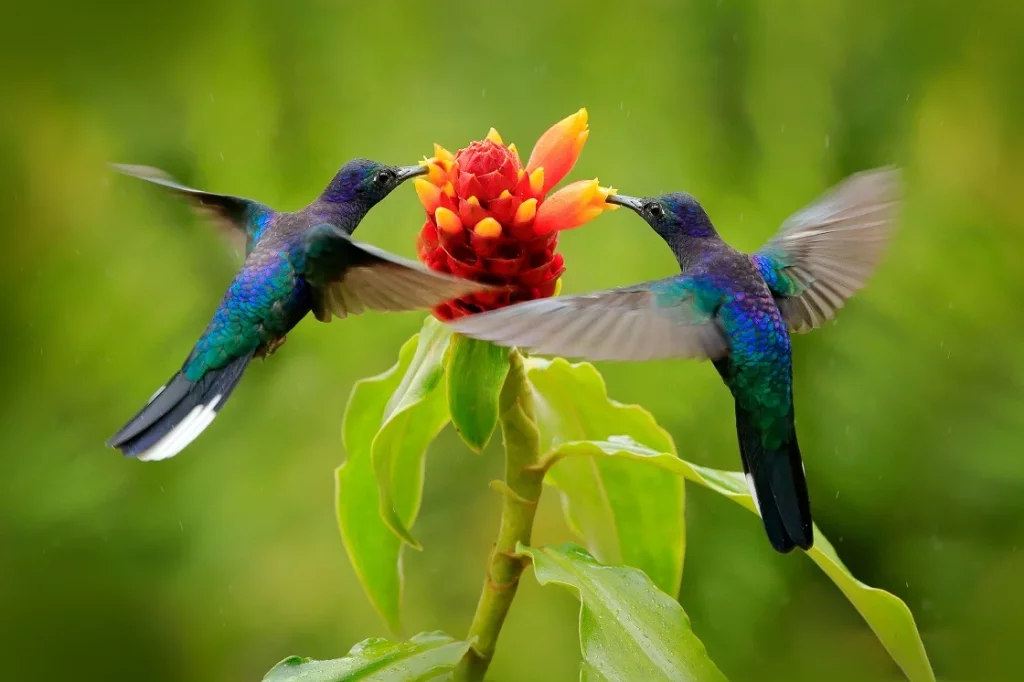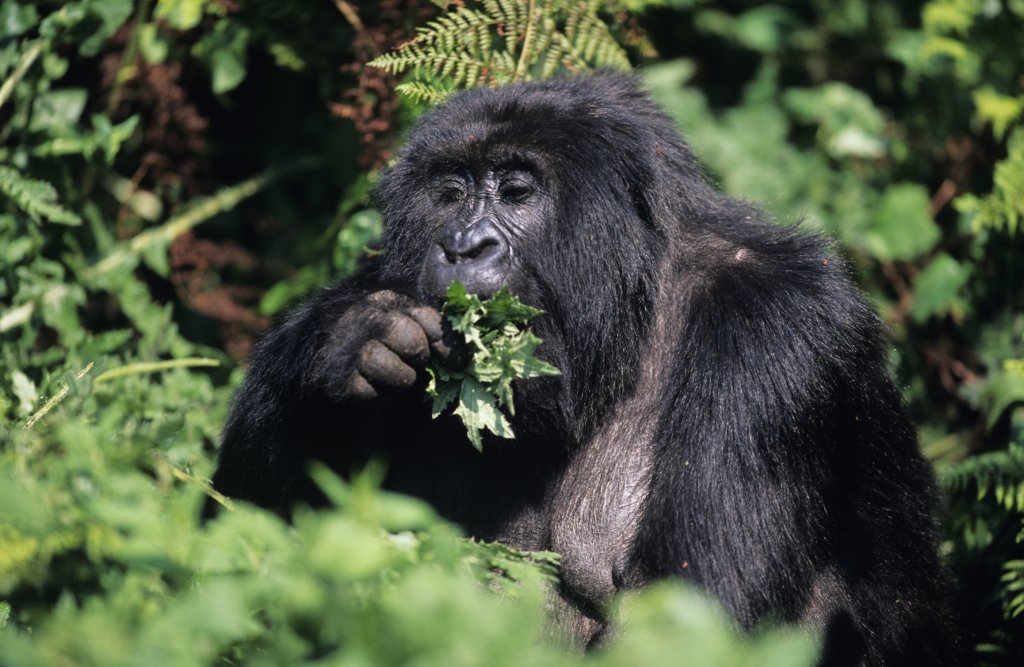The rainforest is a fascinating place full of greenery and incredible creatures. We will find the special connection between plants and animals in the rainforest. Think of a dense jungle where tall trees and colorful flowers stand alongside curious monkeys and beautiful butterflies.
Plants in the rainforest provide a home and food for animals. They offer shelter in their leaves and branches, and many animals find delicious fruits, leaves, and nectar to eat.
In return, animals help plants by spreading their seeds when they move around and pollinating flowers as they search for food. We’ll learn more about this special connection and how every living thing helps keep this wonderful place alive and healthy.
So, let’s learn about the beautiful bond between rainforest plants and animals.
Mutual Dependency

In the rainforest, plants and tropical rainforest animal species work together like a great team, forming a unique ecosystem. Plants give animals food and a safe place to stay. Animals help plants by spreading their seeds around and recycling nutrients. This is super important for the rainforest to keep running smoothly.
1. Pollination
In the rainforest, many plants need animal help to grow more plants. There are colorful creatures like birds, bats, butterflies, and bugs that do important work. They help move pollen from one plant to another like a natural delivery team. For instance, toucans and hummingbirds are excellent pollinators. They visit plants and, in return, get yummy nectar to eat. It’s a helpful partnership: plants make more plants, and animals get a tasty meal.
2. Seed Dispersal
Some fruits and seeds in the rainforest are too big or tough for plants to move by themselves. But animals like monkeys, sloths, and birds come to the rescue. They munch on these fruits, and when they go potty, they help spread the seeds. This helps new plants to sprout and grow. So, these rainforest animals play a big part in keeping the rainforest green and growing, even if they don’t know it.
3. Nutrient Cycling
Animals are nature’s helpers. They have an important work in keeping our environment healthy. It may seem gross when animals go to the bathroom, but it’s really useful. Their poop has special things that plants need to grow. This helps the whole environment stay strong. So, with their bathroom deeds, animals are perfect for the rainforest. They are making sure everything stays in great shape.
Coevolution

In the rainforest, plants and animals have been friends for millions of years, dancing together in a special way called coevolution. During all that time, they’ve been changing together, making each other unique. This teamwork is what makes the rainforest so interesting.
1. Camouflage and Mimicry
Many animals and some plants are good at hiding or fooling others. They do this to stay safe and find food. For instance, animals can change how they look to blend in with where they live. This makes it tough for predators to see them and simple for them to catch hunters. Plants can also trick others. Some of them look like animals to scare away creatures that eat plants. In the rainforest, some orchids pretend to be female bugs. This makes male bugs want to come closer and help orchids spread pollen. These tricks help animals and plants survive in their homes.
2. Specialized Interactions
Let’s talk about the fig tree, for example. It works closely with tiny wasps to help it make more figs. These smart wasps know how to move around inside fig fruits, which helps them stay alive and helps the tree make more figs. It’s a teamwork where everyone helps each other out, and it’s a win-win situation for the tree and the wasps.
Competition for Resources
Plants and animals live close together in the rainforest and share things like sunlight, water, and food. But sometimes, they must compete for these things, making them change and better at surviving. Plants grow taller to reach the sun, and animals learn cool tricks to find food. This competition and change make the rainforest a super interesting place with many different creatures.
1. Vertical Stratification
The rainforest is a bit like a tall building where nature lives. It has different floors where plants and animals stay. The top floor has huge trees reaching for the sun. Just below, some plants like less light. And animals? They have their favorite floor to live on, so they don’t fight for space. This way, everyone can stay in the rainforest without bothering each other like good neighbors.
2. Niche Specialization
Animals have changed and adapted to fit into special roles in nature as time passes. Let’s look at anteaters as an example. They’ve developed special tongues that grab ants and termites from trees. This helps them avoid competing with other animals that eat plants. So, over time, animals such as anteaters have found unique ways to ensure they have enough food to survive and grow in their little parts of the natural world.
Conclusion
The relationship between plants and animals in the rainforest is very important. Plants and animals in the rainforest depend on each other for their survival. Like trees and bushes, plants in the rainforest provide homes and food for animals. Animals, in turn, help plants by spreading their seeds around when they move. This helps new plants grow in different places.
Animals also eat plants’ leaves and fruits, which helps keep the rainforest in balance. Without plants, there would be no food and shelter for the animals. The relationship between plants and animals in the rainforest is a beautiful and essential connection we all need to protect.
So, let’s all do our part to keep the rainforest safe and sound.

